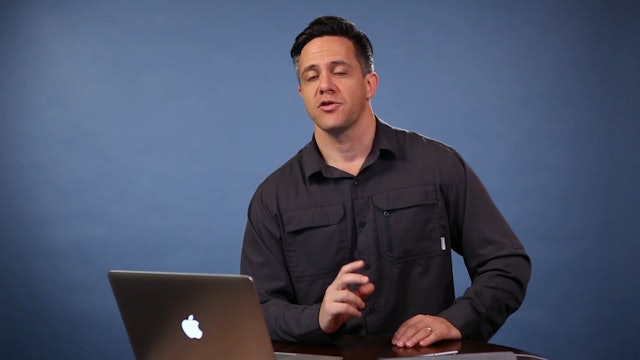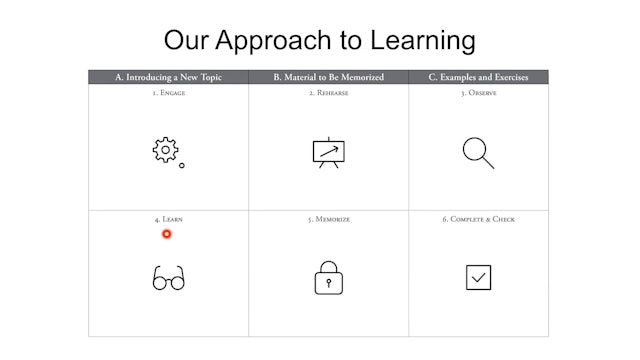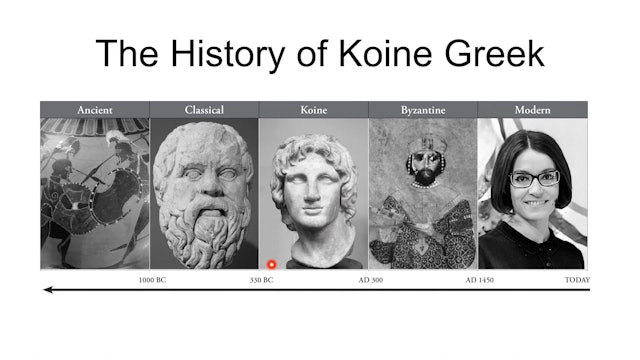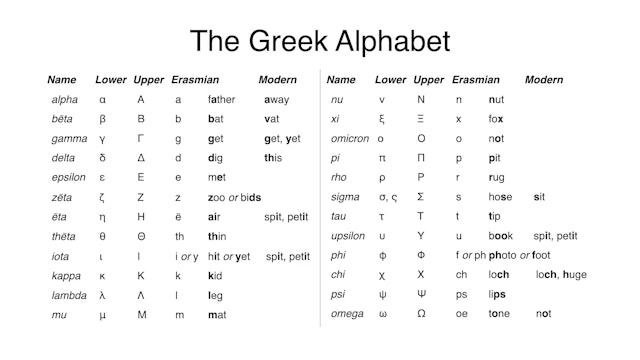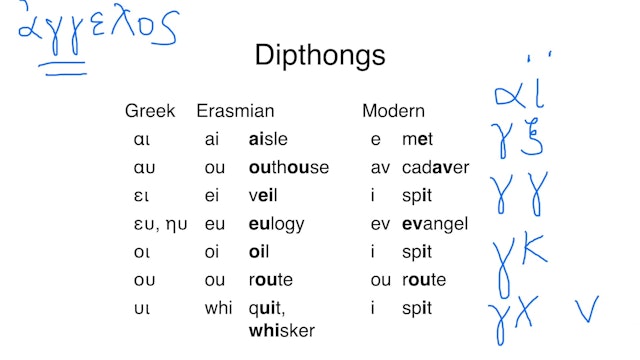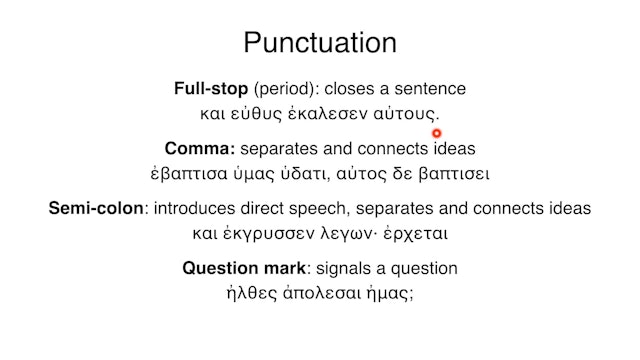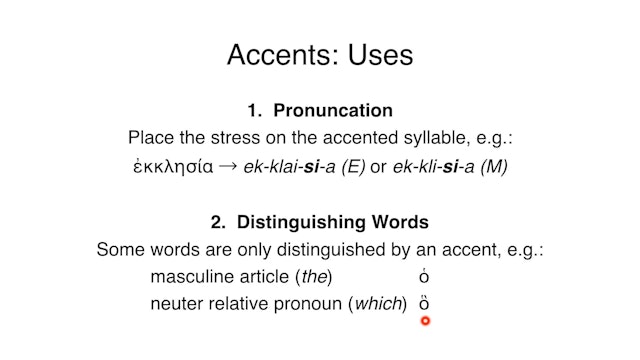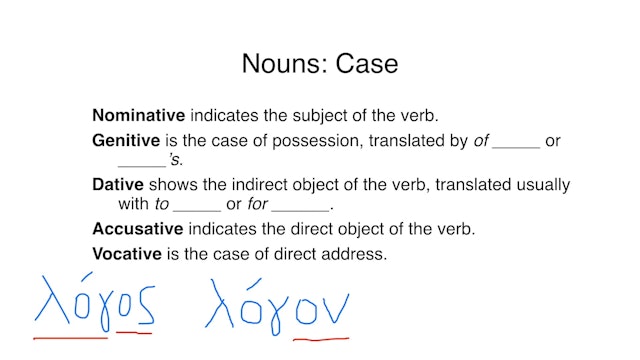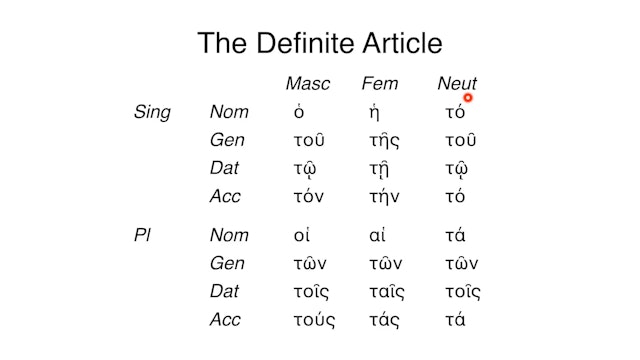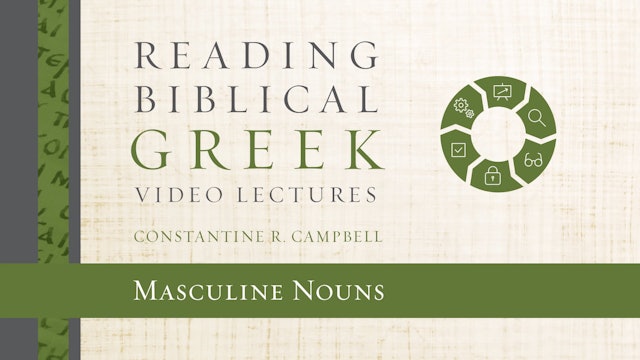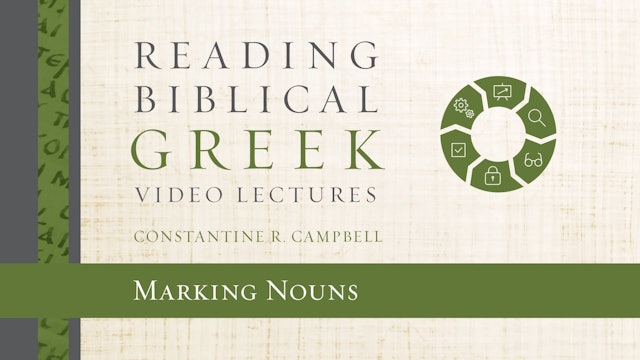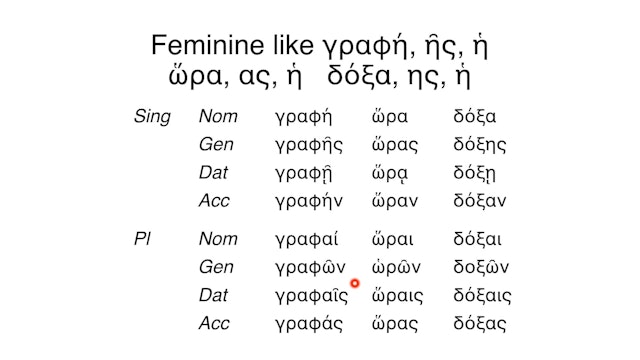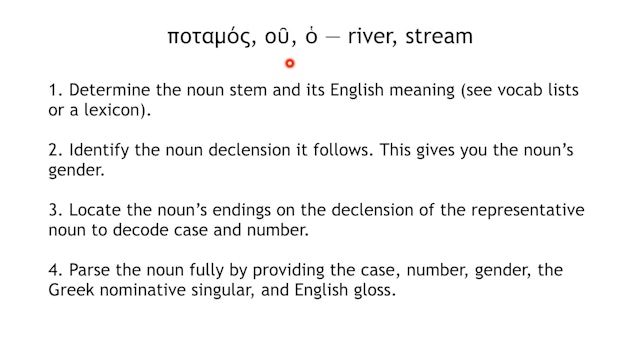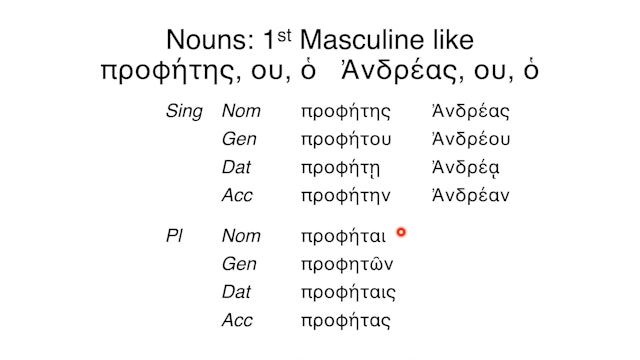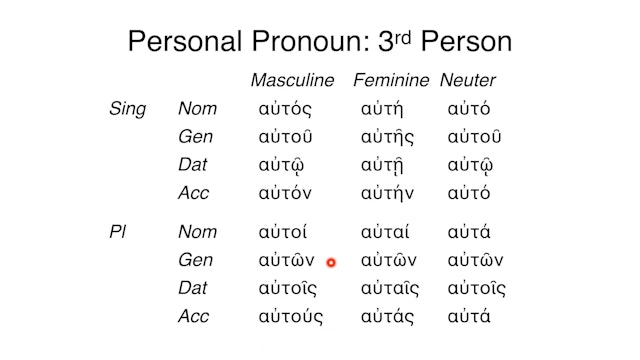Reading Biblical Greek (Constantine R. Campbell)
Based on Reading Biblical Greek written by Richard J. Gibson and Constantine R. Campbell, this series is designed around three core elements: grammar, vocabulary, and reading and translation. It introduces you to the essential information you need to optimize your grasp of the fundamentals of biblical Greek—no more and no less—and help you read and translate the Greek of the New Testament as soon as possible.
The learning approach in the Reading Biblical Greek course revolves around three core elements: grammar, vocabulary, and reading and translation.
• Grammar. The grammar consists of micro-lessons, which break up information in small, digestible chunks. Each micro-lesson addresses a single point. This arrangement makes for easy comprehension and review. New learning is incremental and recursive—each new piece builds on and reinforces prior learning.
• Vocabulary. As an essential complement to grammar, vocabulary is introduced at strategic points and is arranged first by what you have been learning in grammar, and then by frequency.
• Reading and Translation. The goal of this series is to enable students to read and translate the Greek of the New Testament. Thus, the content is structured and tied to a specific Greek text to enable reading as soon as possible. The student will have read and translated the whole of Mark 1–4 by the end of the series.
While Reading Biblical Greek only introduces you to information that is essential to grasp the fundamentals of the Greek language, it is informed by the latest and best of Greek and linguistic scholarship, enabling you to move seamlessly into further study.
By watching this series, you will gain:
• familiarity with the basic rules of New Testament Greek grammar
• a basic grasp of beginning-level Greek vocabulary
• experience in applying grammar and vocabulary lessons to actual translation
-
Reading Biblical Greek - Introduction
-
Reading Biblical Greek - Session 1 - Our Approach to Learning
-
Reading Biblical Greek - Session 2 - History of Koine Greek
-
Reading Biblical Greek - Session 3 - Signs and Symbols
-
Reading Biblical Greek - Session 4 - Alphabet
-
Reading Biblical Greek - Session 5 - Vowels and Consonants
-
Reading Biblical Greek - Session 6 - Letter Combinations
-
Reading Biblical Greek - Session 7 - Other Sounds and Symbols
-
Reading Biblical Greek - Session 8 - Accents
-
Reading Biblical Greek - Session 9 - Earliest Manuscripts
-
Reading Biblical Greek - Session 10 - Understanding Meaning
-
Reading Biblical Greek - Session 11 - Parts of Speech
-
Reading Biblical Greek - Session 12 - Relating Words in Clauses
-
Reading Biblical Greek - Session 13 - Nouns
-
Reading Biblical Greek - Session 14 - The Article
-
Reading Biblical Greek - Session 15 - Masculine Nouns
-
Reading Biblical Greek - Session 16 - Marking Nouns
-
Reading Biblical Greek - Session 17 - The Way Words Mean
-
Reading Biblical Greek - Session 18 - Feminine Nouns
-
Reading Biblical Greek - Session 19 - Analyzing Nouns
-
Reading Biblical Greek - Session 20 - Neuter Nouns
-
Reading Biblical Greek - Session 21 - 1st Declension Masculine Nouns
-
Reading Biblical Greek - Session 22 - Memorizing Vocabulary and Paradigms
-
Reading Biblical Greek - Session 23 - Personal Pronouns: 3rd Person



